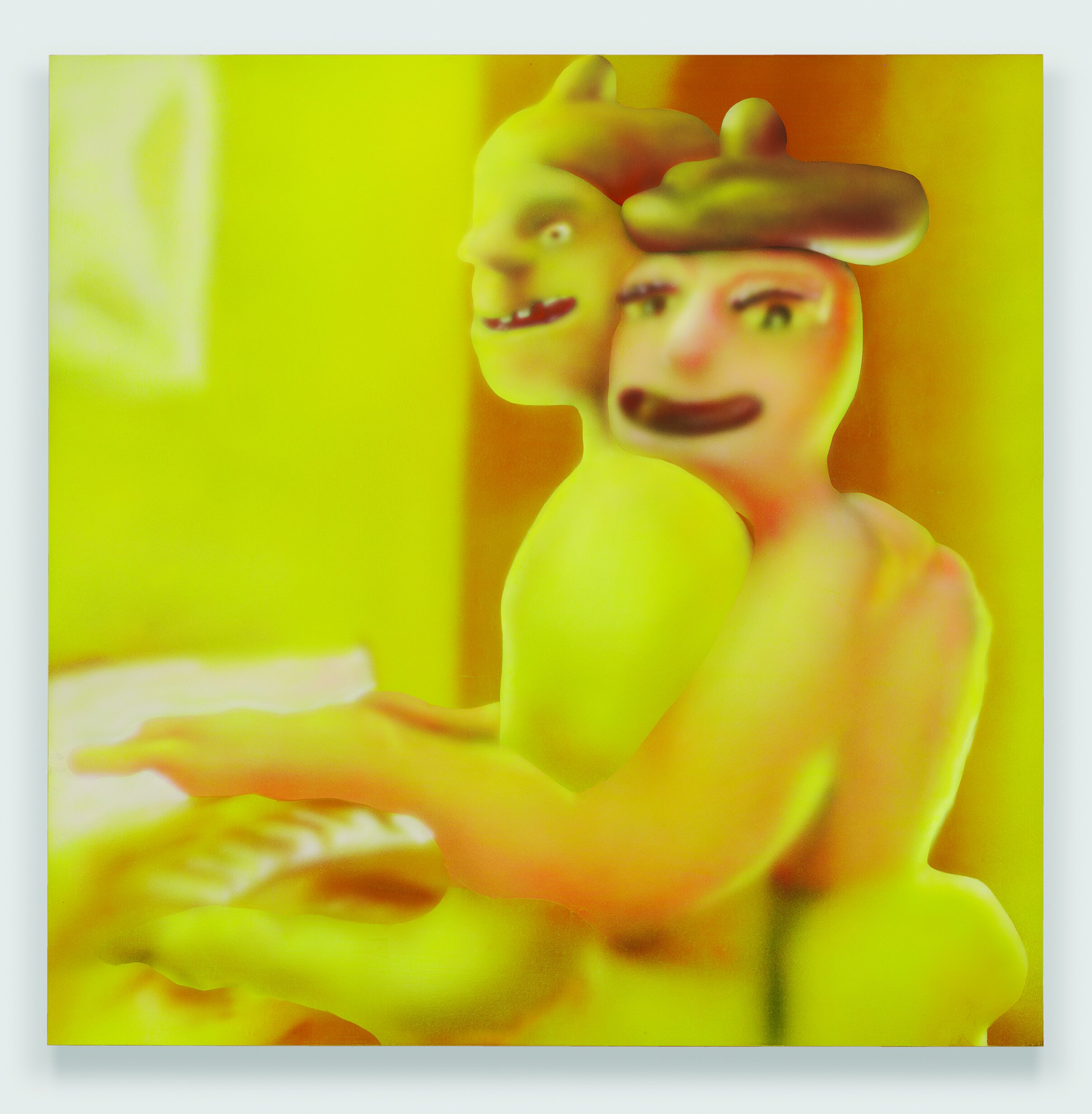Austin Lee | Operator, Can You Help Me, Help Me If You Please
by Nate Rynaski
Austin Lee. “Hold” (2022). Acrylic On Canvas. 72” X 90”. Photo By Genevieve Hanson. Courtesy Of The Artist And Jeffrey Deitch, New York.
I ’ve been asking a lot of people about their first phone. Mine, the LG Vu—an iPhone wannabe—never had the sexy silhouette of a Motorola Razr, or the fidget friendliness of a T-Mobile Sidekick. But what the Vu did have was a peek into what was to come, and a decade and some change later, we now carry around what seems to be an alternate world in our pocket. A second life. However, artist Austin Lee might argue that the world resting in our Bottega bag is not so different from the world outside of it.
At the outset of our conversation, I mention filmmaker Adam Curtis’ six part BBC series, Can’t Get You Out of My Head, the culture jockey’s oration of a Western history told through emotion. The series recalls Lee’s work, particularly his latest, which currently features in his second solo show at Jeffrey Deitch in NYC. Entitled Like It Is, the exhibition deals in emotion, intuition, feelings. Yet, Lee’s process, while not immediately apparent, is so heavily technological. Using 3-D modeling, motion-capturing, and virtual reality, the artist translates the results from these processes into his blobby airbrushed works. “Whether I knew it or not,” Lee recalls, “I think that’s what’s been driving the work sometimes—the mix between digital aesthetic and digital space and trying to bridge that with emotions or humanity.”
Austin Lee. “Piano Painting” (2022). Acrylic On Wood. 60” X 60”. Photo By Genevieve Hanson. Courtesy Of The Artist And Jeffrey Deitch, New York.
In humanizing the digital in these works, a handful of the paintings in Like It Is draw from the 10 famous inkblots of the Rorschach test. Lee’s paintings in this show, he tells me, are his interpretations of those inkblots, created digitally, and translated physically. And like the famed Rorschach interplay, the results elicit a subjective projection, perhaps an extension of the ego, maybe even Grandma playing The Sims on her Android.
Yes, an emotional response is present in these works, however, the warped and warbled presentation calls truth into question. “I guess that’s an important distinction—the difference between truth and emotion,” says Lee. “That’s why it’s important, on an individual level, to be able to understand that for yourself and to access those feelings.” But have we reached a point where technology is impeding that access?
Austin Lee. “Authority Figure” (2022). Acrylic On Wood. 36” X 72”. Photo By Genevieve Hanson. Courtesy Of The Artist And Jeffrey Deitch, New York.
Well, Lee’s work has been dealing with the humanity / technology concern for some time. He tells me that he’s explored these ideas since his undergraduate days at Tyler School of Art in Philadelphia. In the years since undergrad, Lee has received an MFA from Yale School of Art, exhibited his first solo exhibition Feels Good with Jeffrey Deitch, and curated Good Pictures with the gallery. On how his work has shifted, he explains, “It doesn’t feel as cold, it feels more... confusing. Now, there’s lots of extreme emotions online and there’s different types of it. Before, [the work] felt very removed.”
Lee’s output is a warm-hued reminder that emotion derived from digital connection is no less real than the truth we may have left behind—or placed on hold—in the physical or natural world. From pictures of a complex and precarious history (or present), to viewing amorphous figures on a wall, every image can be skewed, or in the case of Lee’s work, blurred, to offer whatever the viewer might be vying to see or believe. “We are already at that place where digital things are real in real ways,” explains Lee of the grander blurring, so to speak. “We already are there.” But where exactly is that? Is it good? Bad? Neither? And where will we go next? It’s unclear, but what is real is how we perceive and participate in this rapidly evolving world around us and in our pockets.
Austin Lee. “Interaction (Detail)” (2022). Acrylic On Wood. 47” X 60”. Photo By Genevieve Hanson. Courtesy Of The Artist And Jeffrey Deitch, New York.
Written by Nate Rynaski.




